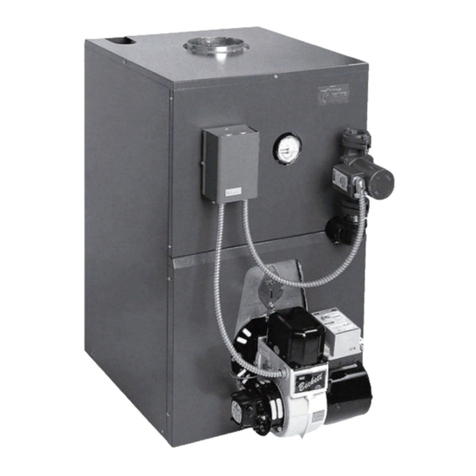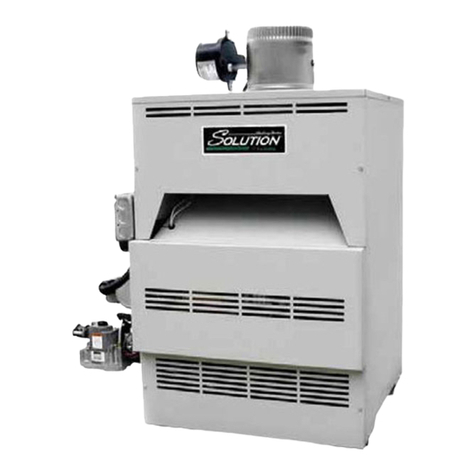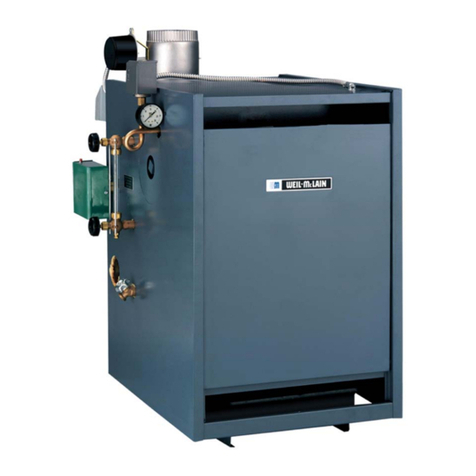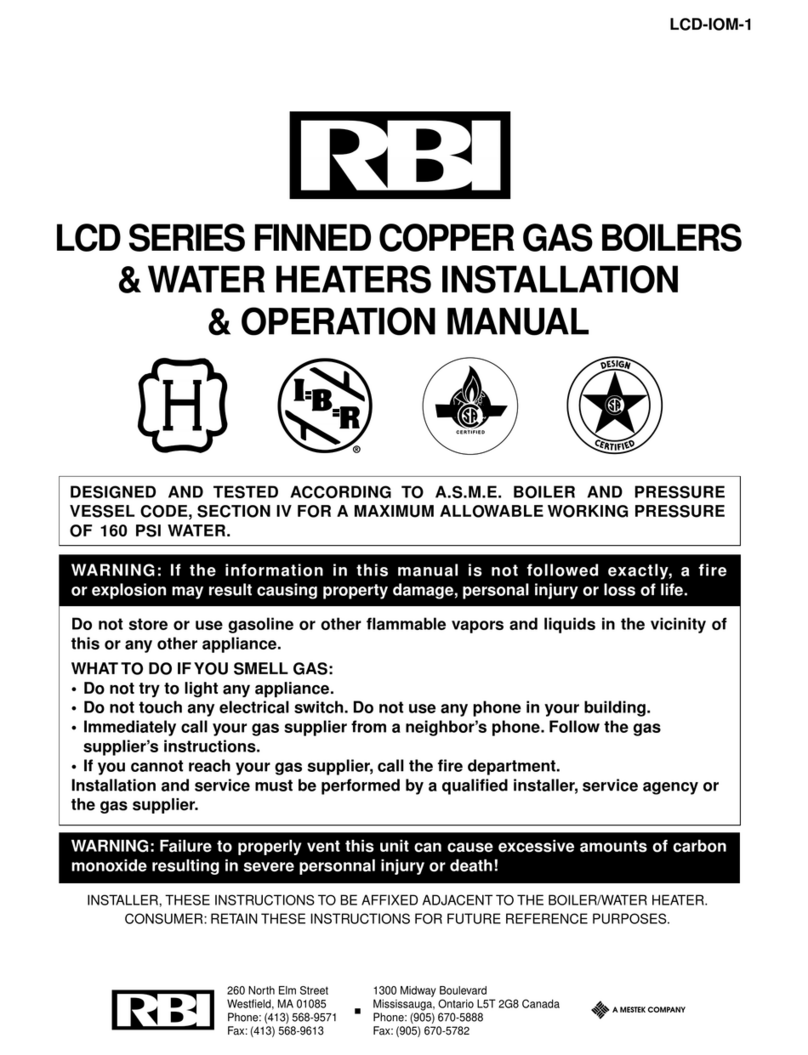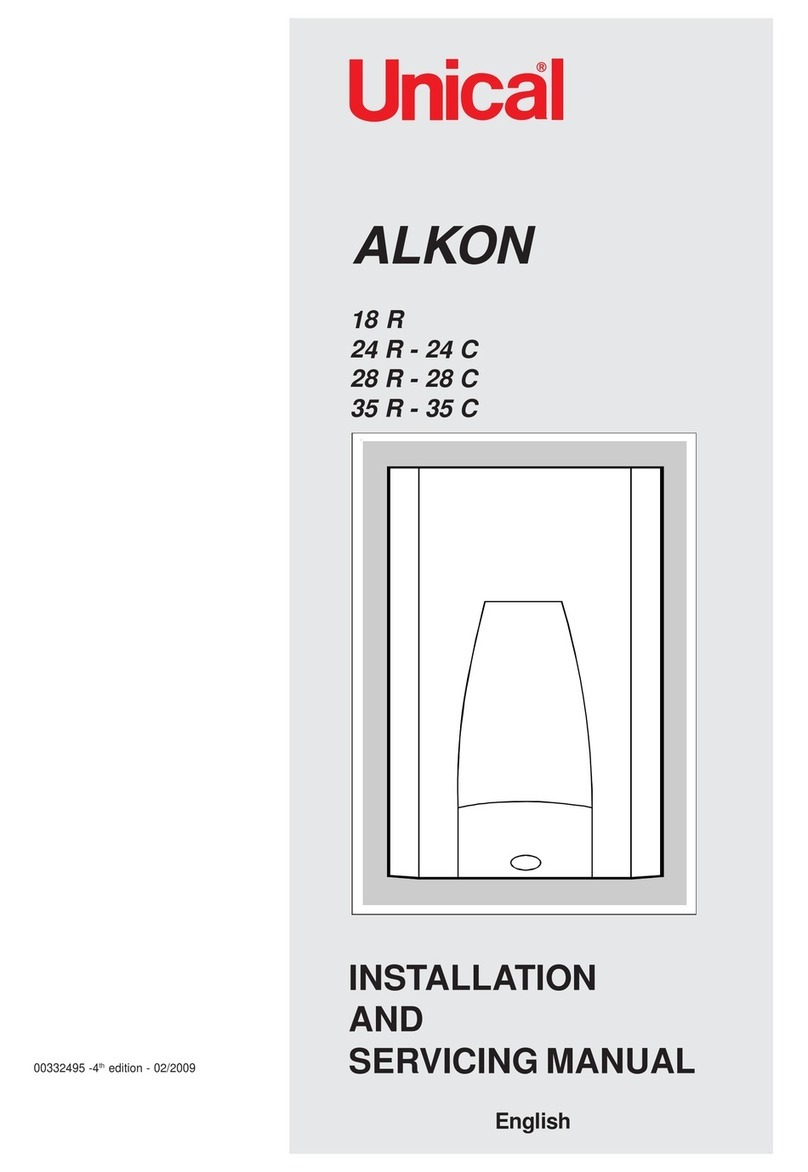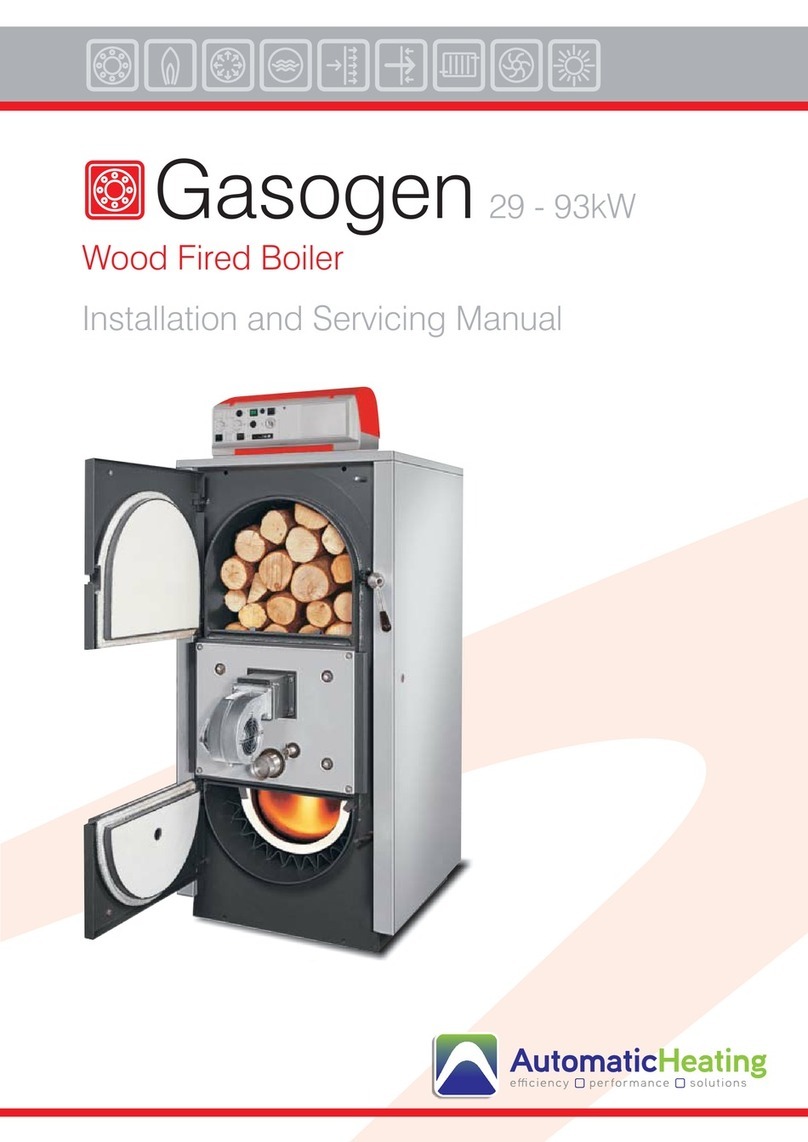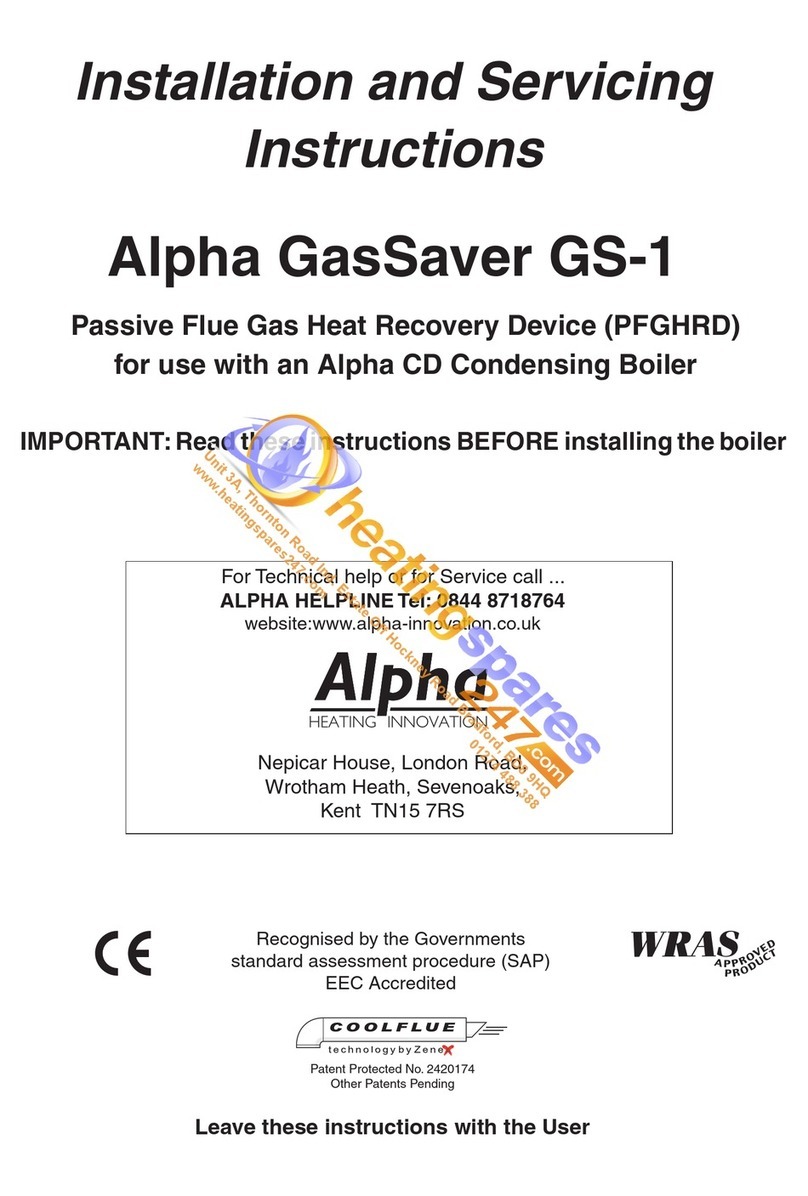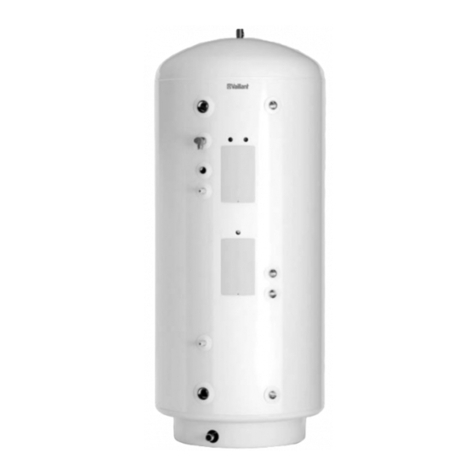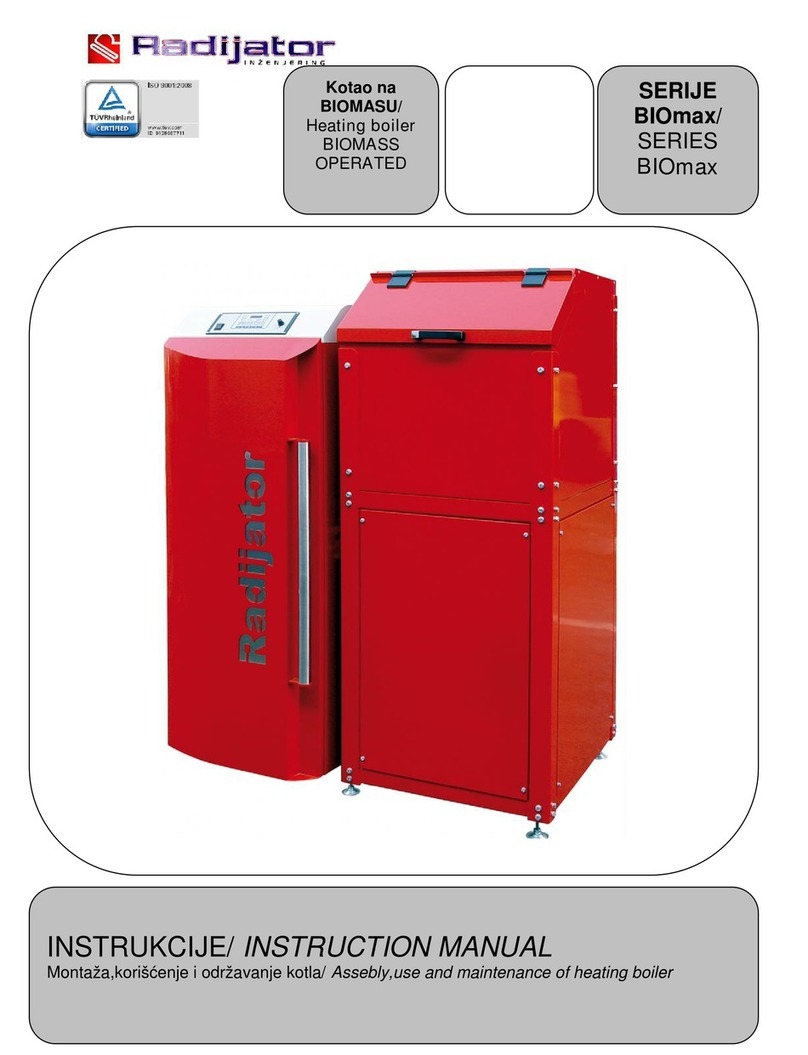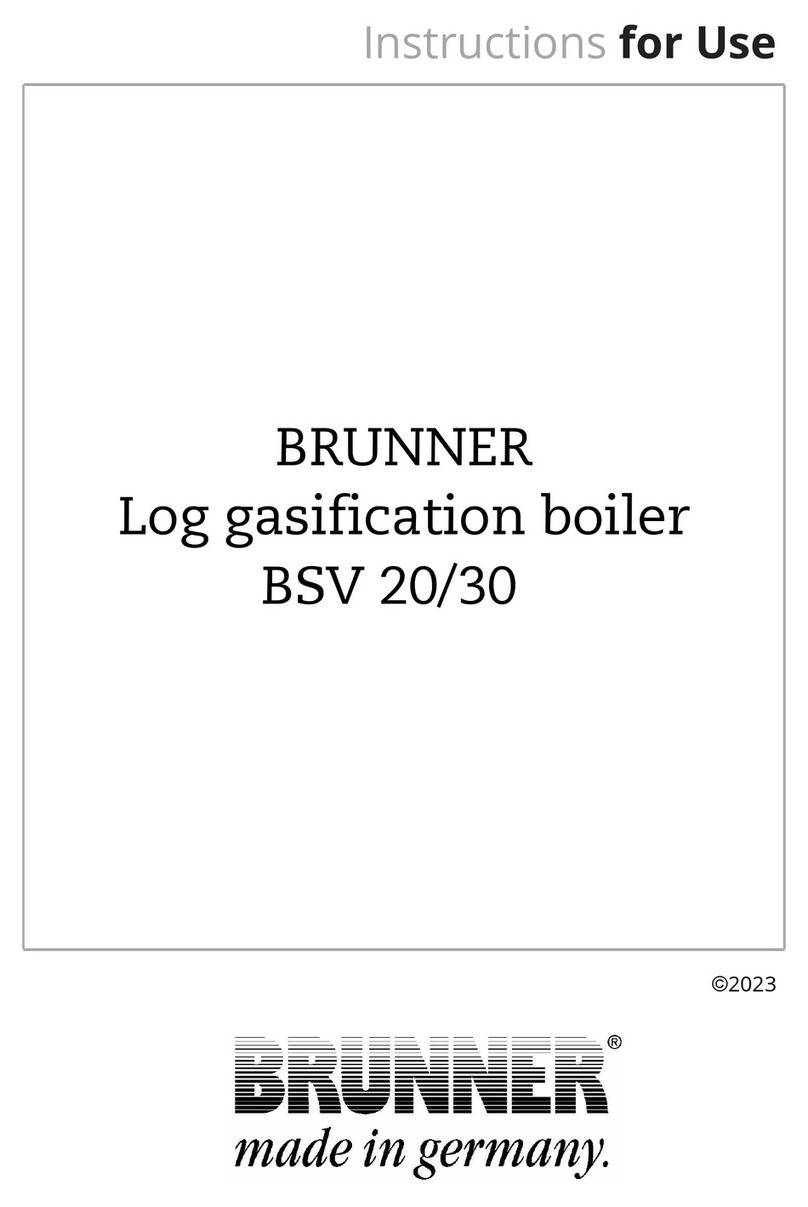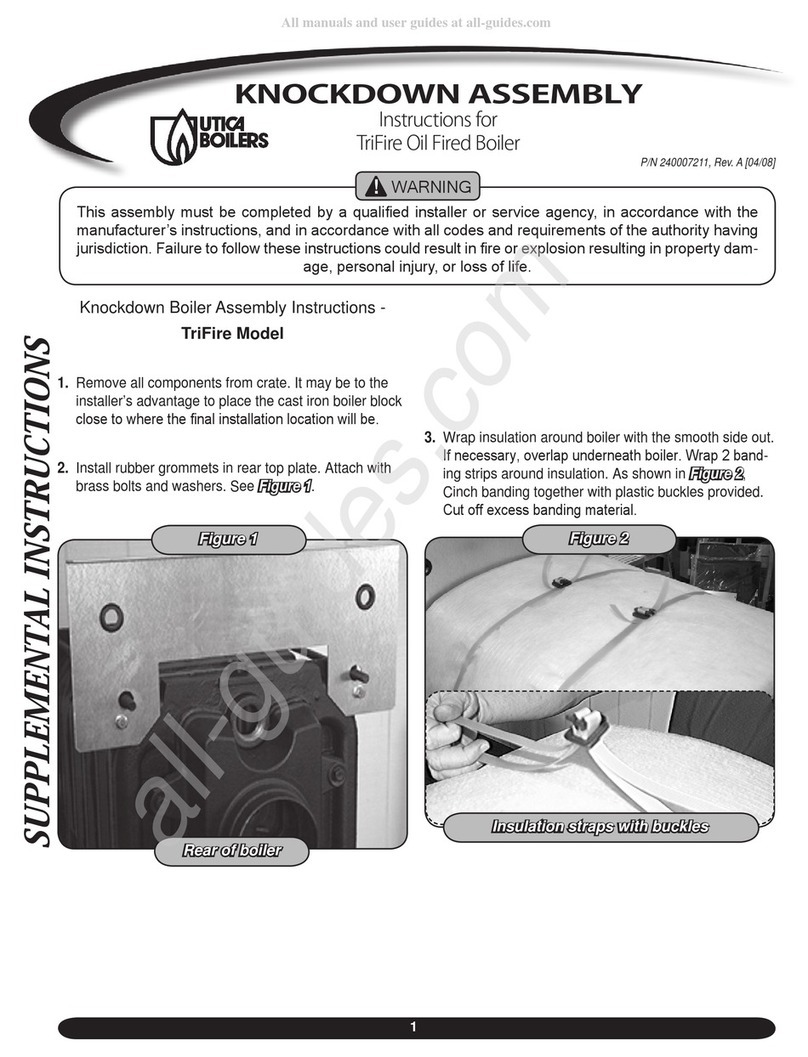Universal
Boi
let
Works.
Inc.
-
Chaw
I
General
Oescription
of
Hot
Water
Boiler
perm
it
periodic
draining
of
the
hwsing
to
remove
any
accumulated
sludge.
E,
Burner
Controb
The
Model
BF
boiler
is
design4
Fbt
operation
with
a
forced
draft
bmer
for
natural
gas,
LP
gas,
or
light
oil.
A
separate
burner
mmmt
fram
the
specific
burner
manufacturer
is
included.
In
that
manual
are
the
descriptions
of
the
various
controls
provided
in
acco~
with
the
requirmenl
of
the
Undetwfitds
IAmratory
W.L)
and
any
specific
requirements
of
the
project,
in
acco~
with
the
project
specifications.
Within
the
bucner
manual,
one
will
find
the
Burner
hhmgment
Combwtiun
Safeguard
Conml
along
with
Sm-up
instructions
and
combustion
settings.
For
fuel
supply
connections,
refer
to
the
&nerd
hangement
drawing
and
the
burner
manual.
As
a
brief
aver-view,
the
package
wiI1
contain:
1.
Cantrol-hcatedootkebmeron
smaller
units
or
on
the
boiler
b
extension
at
the
front
of
the
boiler.
The
electrical
supply
for
the
burner
and
contsoIs
are
to
tre
made
in
this
panel,
hy
interface
connections
to
system
contmls
or
shipped
loose
controls
will
be
lmted
within
this
panel.
2.
-
Located
in
the
Control
Panel
to
provide
safe
start
procedure
for
burner
start-up,
burner
operation,
and
safety
shutdown.
Flame
supervision
is
via
a
flame
scan-
ner
which
monitots
pilot
ignition,
main
flame
ignition,
and
flame
strength
during
operation,
It
is
programmed
to
shut
the
burner
fuel
supply
off
in
the
event
of
an
unsafe
condition.
3.
-
Locared
on
the
burncr.
provides
purge
air
of
the
bile<
prior
to
ignition
and
following
a
safe
shutdown.
Provides
the
air
required
for
combustion.
4.
Folced
-
Located
in
the
Control
Pmel.
This
device
al1ows
current
flow
to
the
fan
motor
upon
energization
of
the
coil.
Overloads
are
installed
within
the
starter
to
prevent
damage
to
the
motor
in
the
event
of
voltage
or
current
spikes.
5,
5
*.
-
For
W-
latiom
opcnting
on
a
3
phase
powcr
supply,
this
device
is
located
in
the
controI
panel
for
stepdown.
voltage
of
120
volt
single
phase
supply
to
the
bwer
and
boiler
controls.
6.
-
Located
on
the
burner
to
position
the
fuel
input
valve
ad
the
i-'E
det
air
damper
in
accordance
with
-L
'
.
,i
demand
requirements.
.
7.
Gas
TTraia
-
Standardly
located
on
the
left
side
of
the
bailer,
when
Each
the
front
of
?he
unit.
The
train
for
units
operating
on
gas,
as
a
minimum,
will
have
a
main
gas
pressure
regulator,
shutoff
cocks,
safety
shutdown
valves,
and
fuel
input
valve.
Please
refer
to
the
burner
manual
for
specific
gas
train
components.
8.
P?
-
A
separate
pilot
regulator
and
pilot
safeg
shutoff
valvc
are
hished
on
the
bmer
for
gas
pilot:
ignition.
NOTE:
Some
units
operating
on
oil
may
be
equipped
with
direct
spark
ignition.
Refertotheburnermanualforspecifics.

